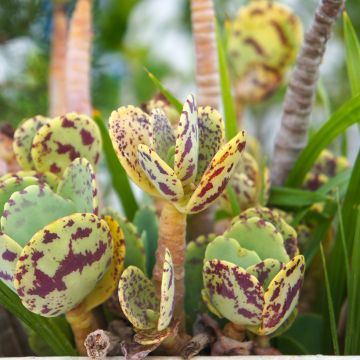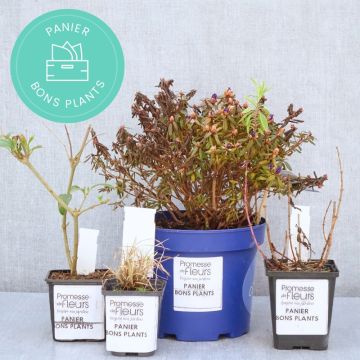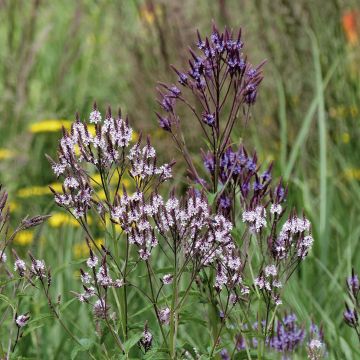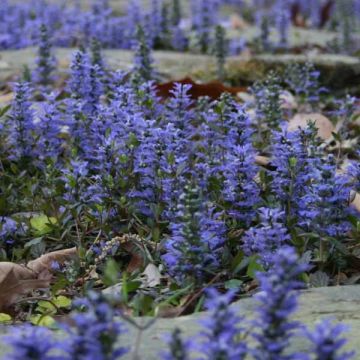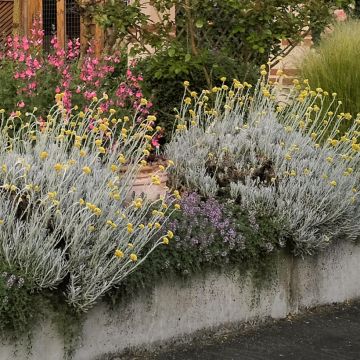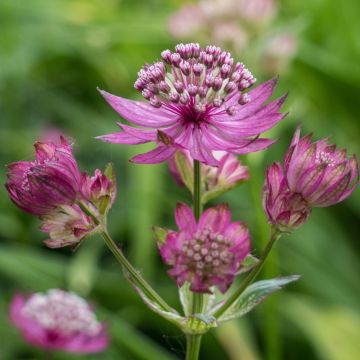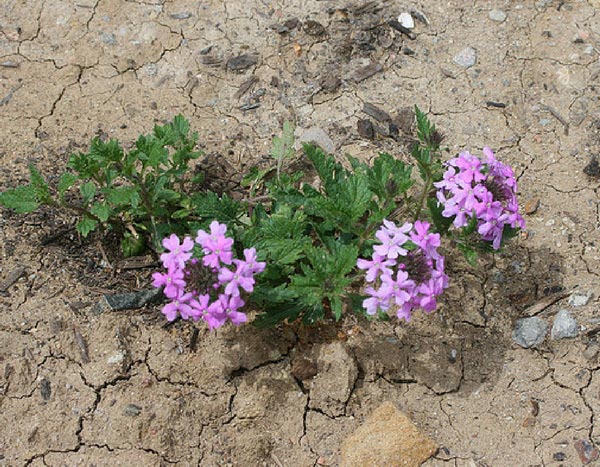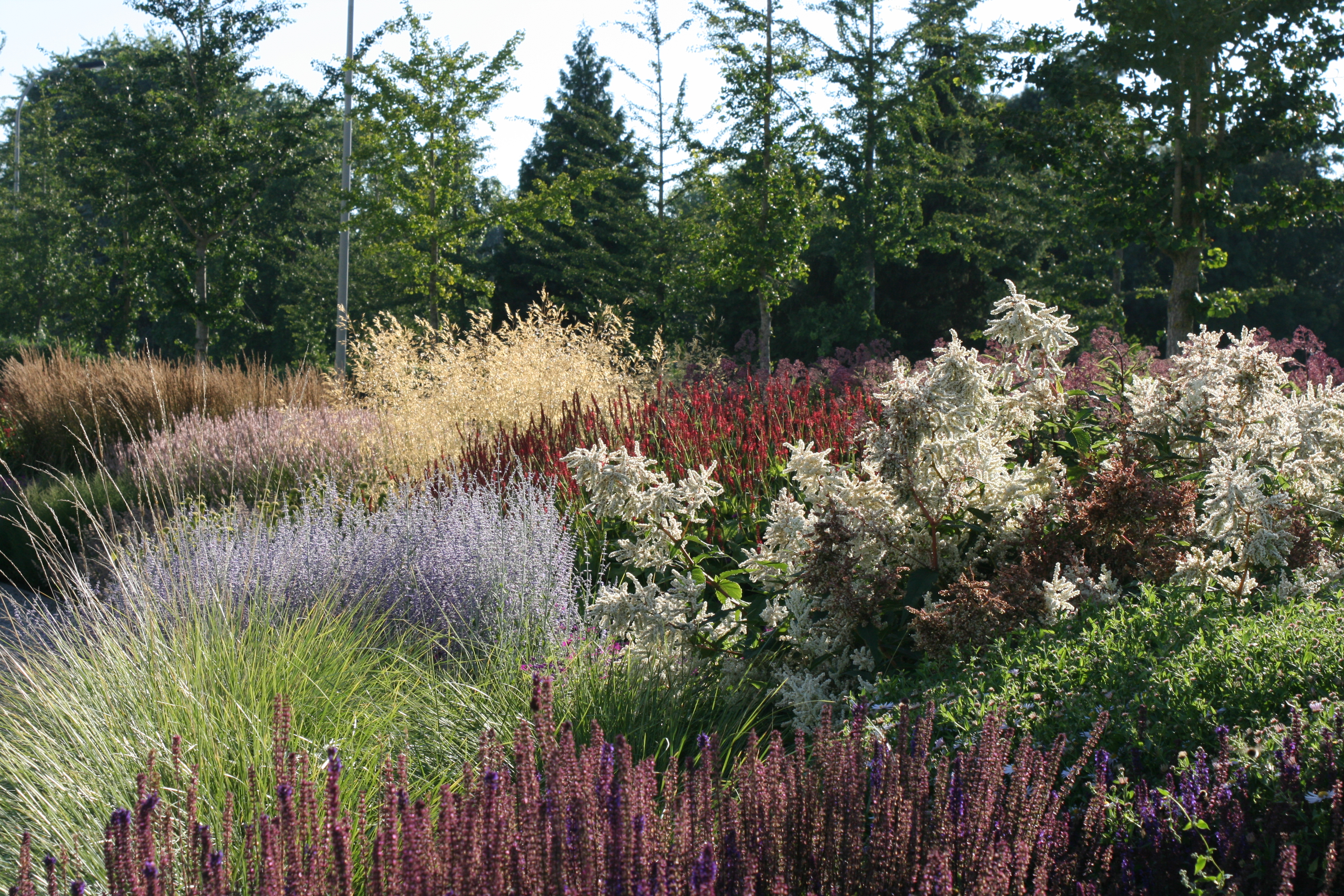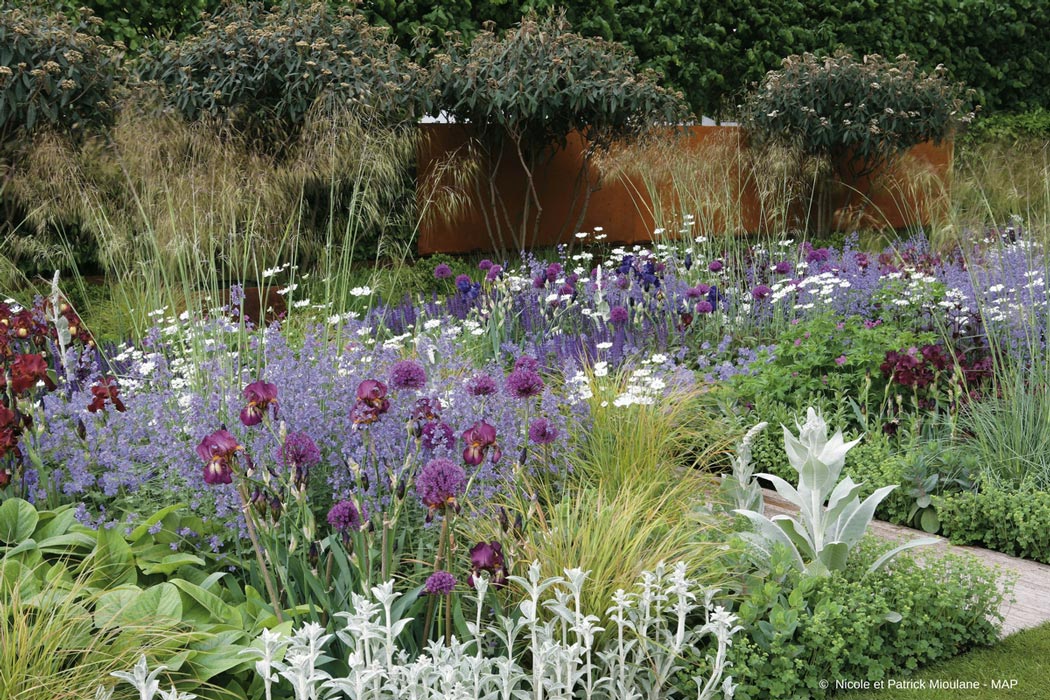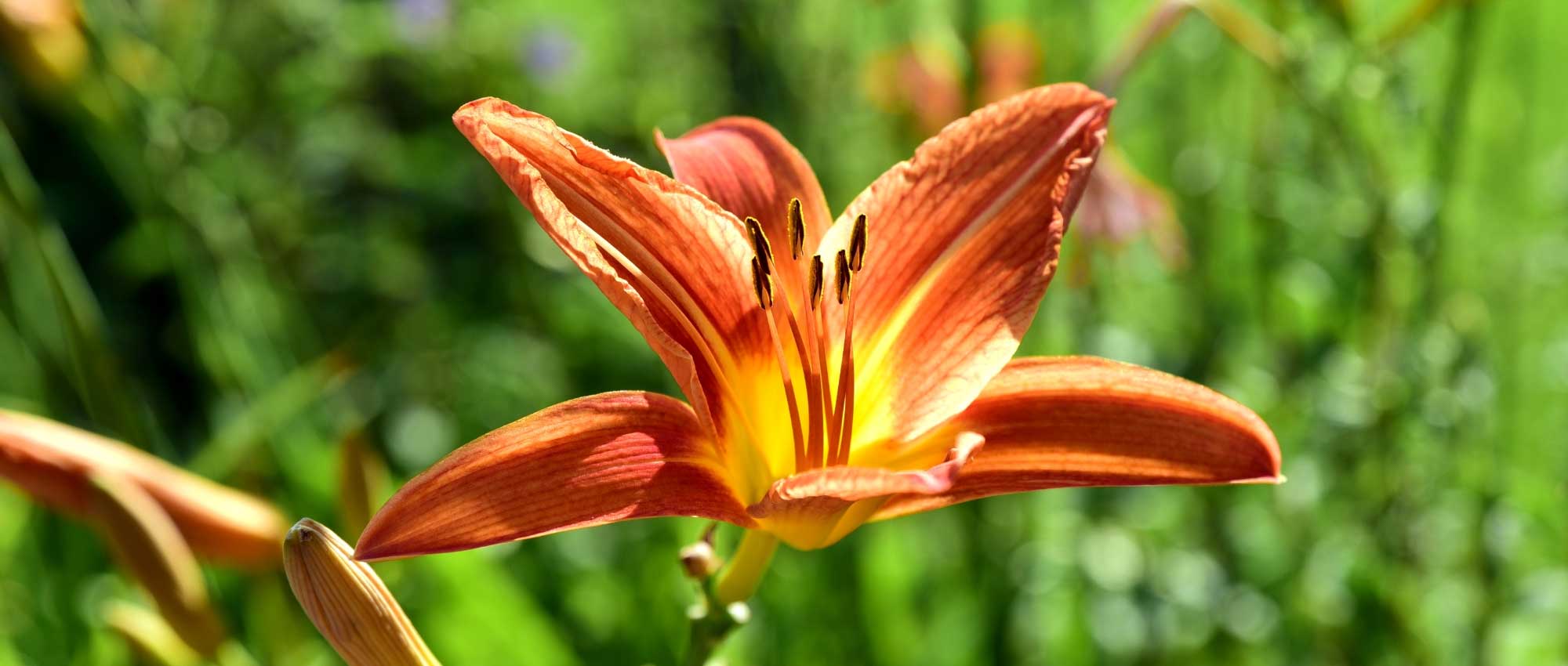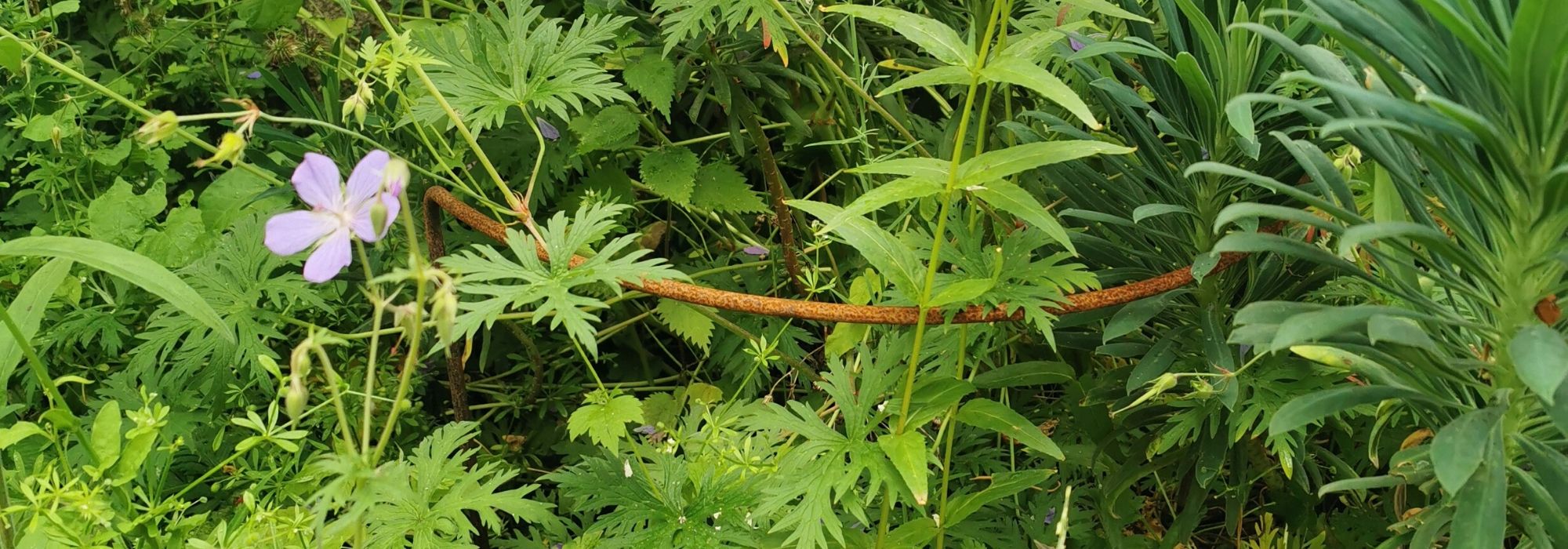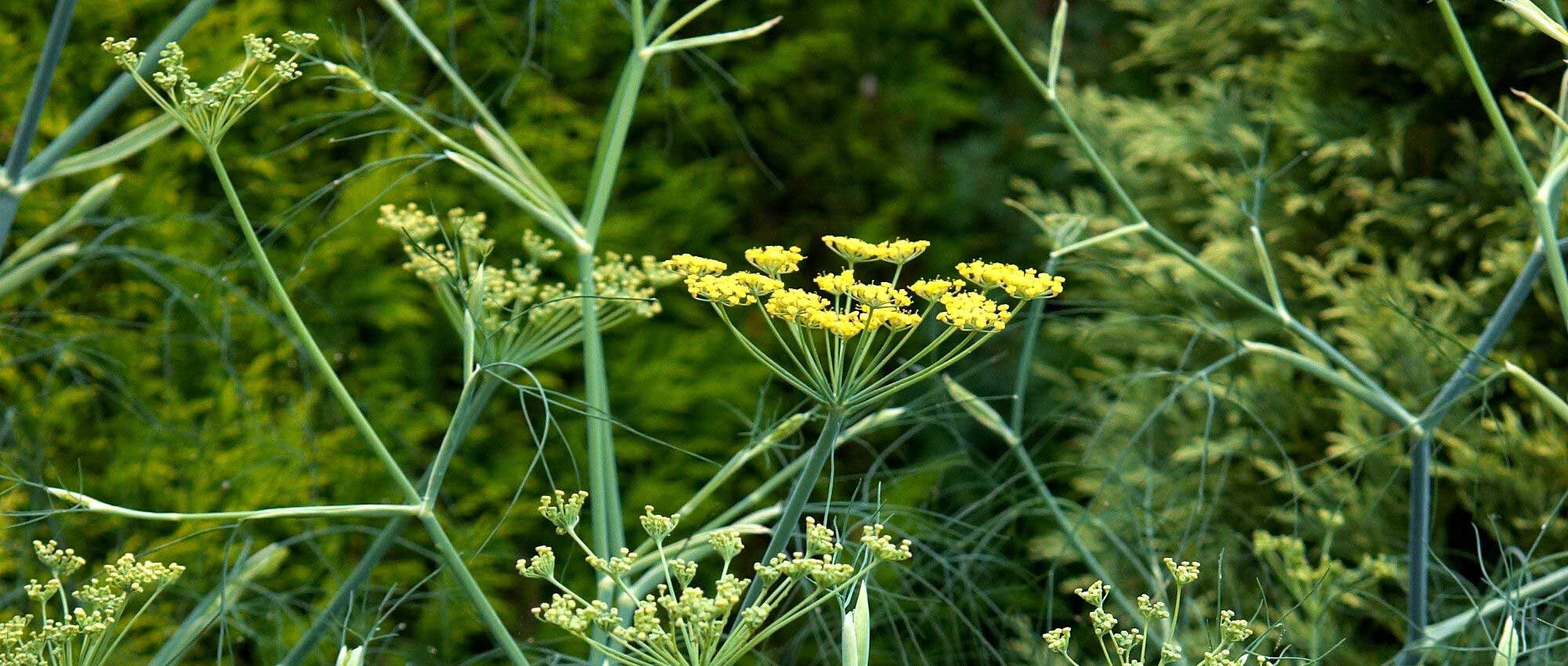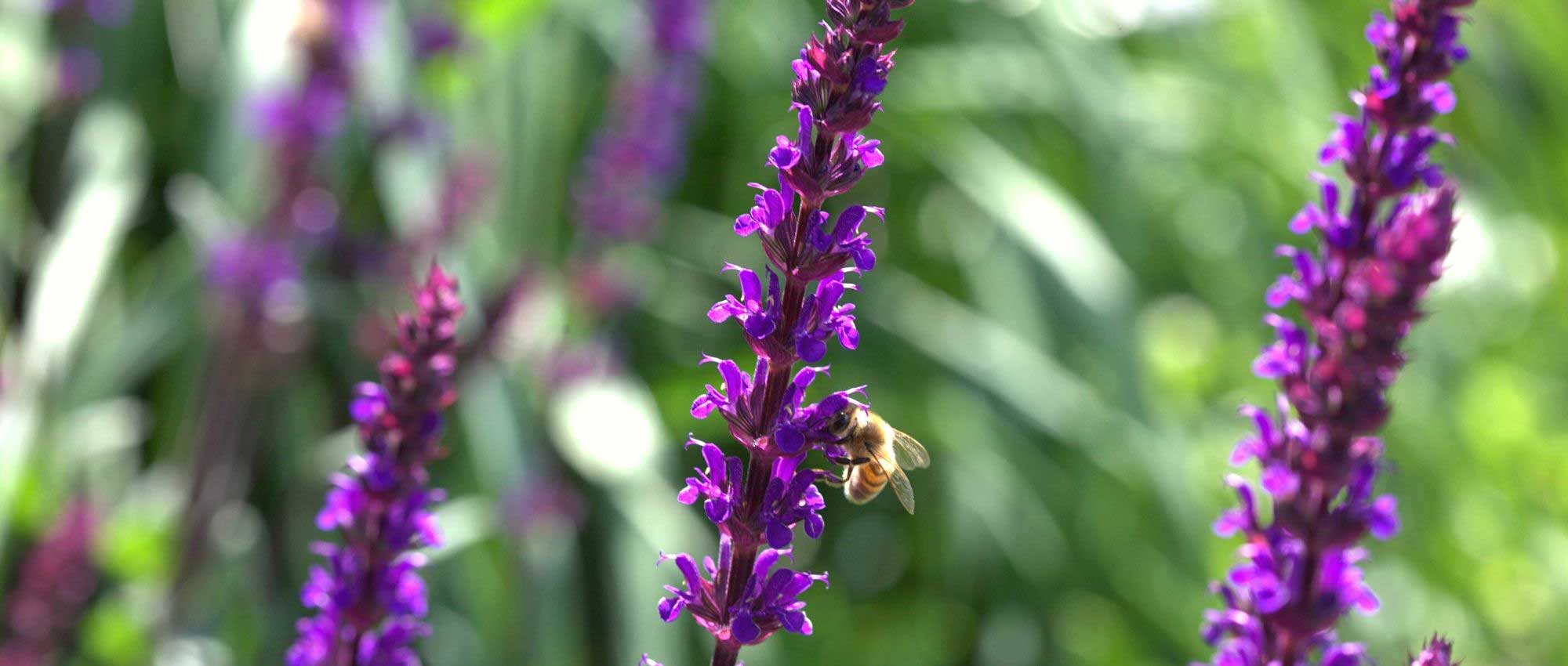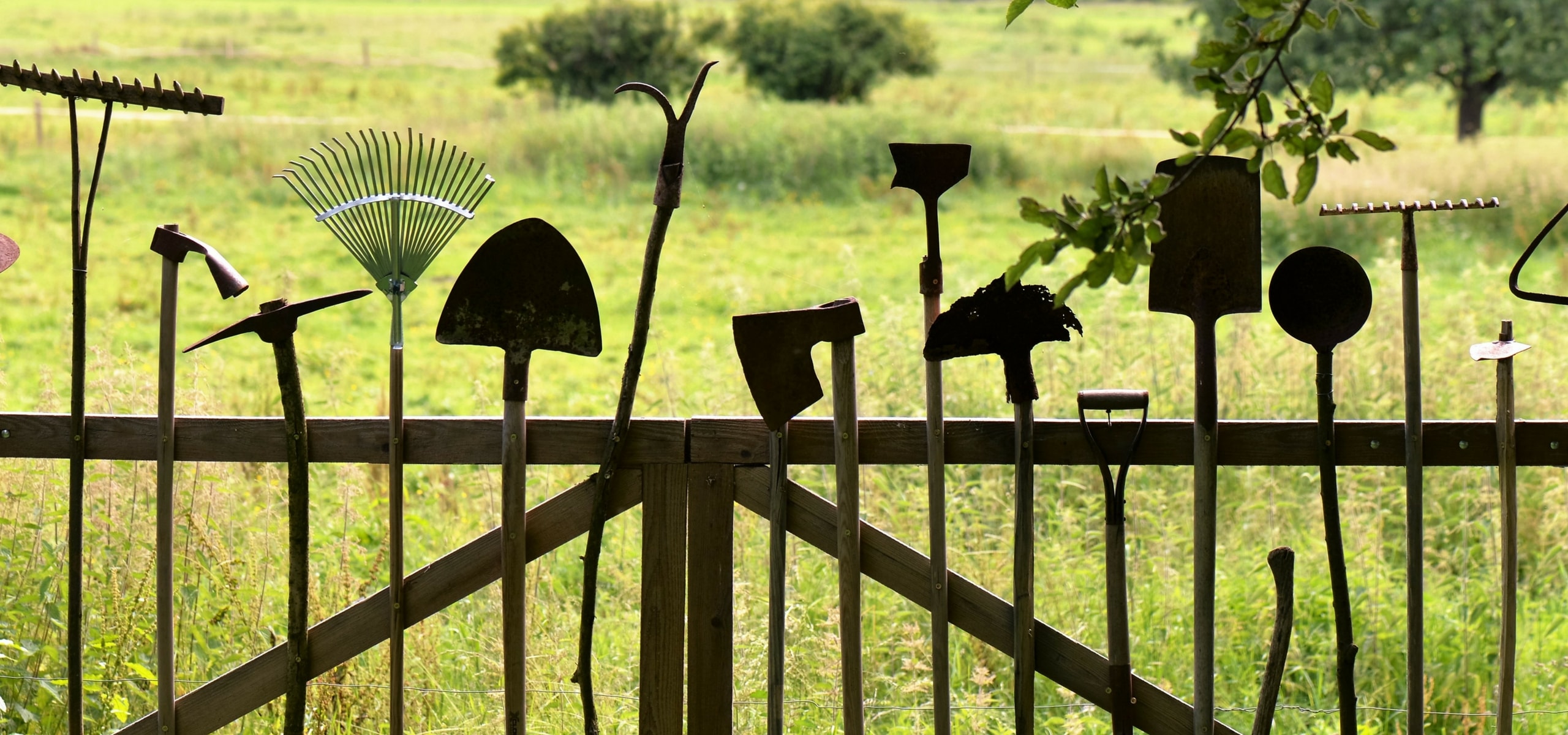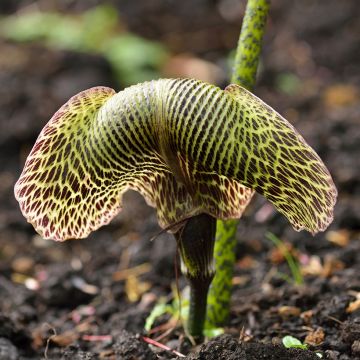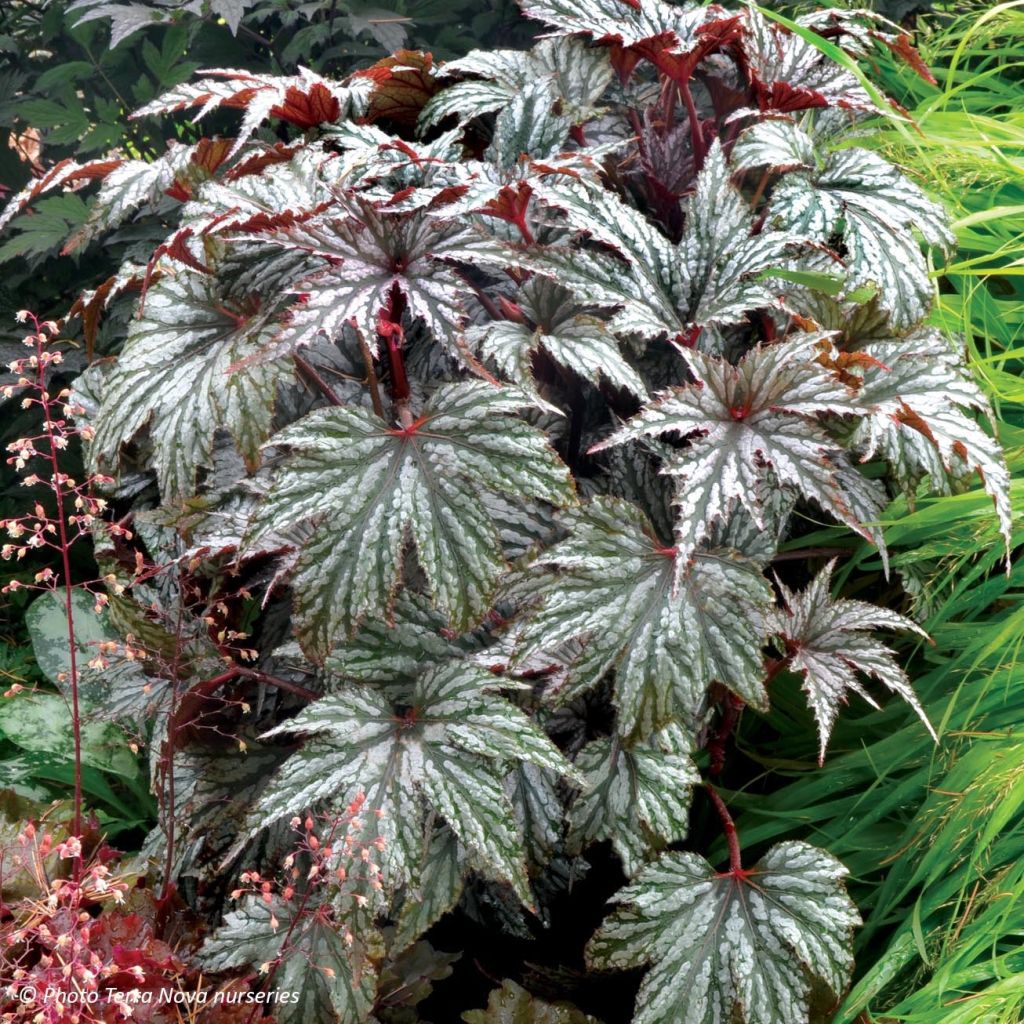

Begonia Garden Angel Silver


Begonia Garden Angel Silver
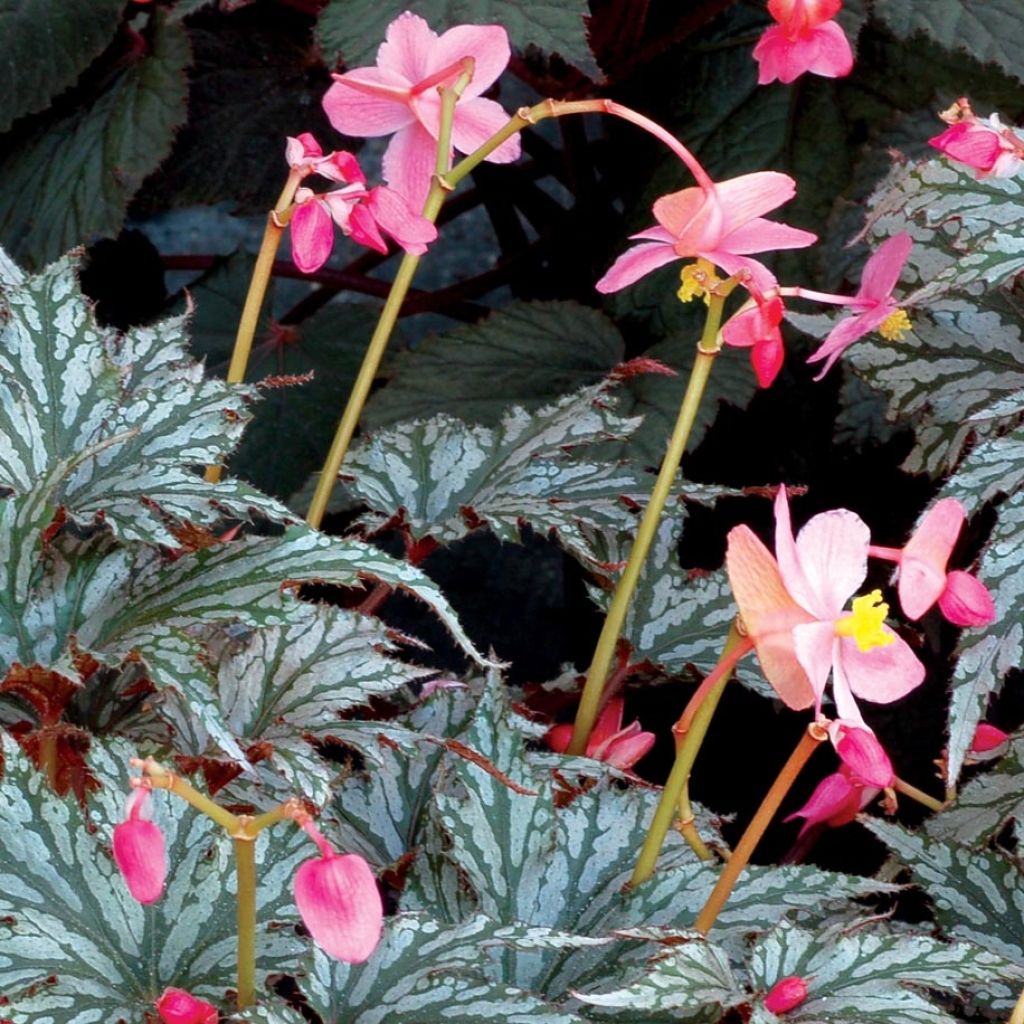

Begonia Garden Angel Silver
Begonia Garden Angel Silver
Begonia Garden Angel Silver
Garden Begonia
plant ordered at the same time as angel plum and angel blush, all three arrived very weak. The first one started timidly in spring and is not great, at least the stems are stronger than when it arrived... but the other two, including this one, died. I agree with the comments that say the price is not justified at all.
Juliette, 29/07/2019
Special offer!
Receive a €20 voucher for any order over €90 (excluding delivery costs, credit notes, and plastic-free options)!
1- Add your favorite plants to your cart.
2- Once you have reached €90, confirm your order (you can even choose the delivery date!).
3- As soon as your order is shipped, you will receive an email containing your voucher code, valid for 3 months (90 days).
Your voucher is unique and can only be used once, for any order with a minimum value of €20, excluding delivery costs.
Can be combined with other current offers, non-divisible and non-refundable.
Why not try an alternative variety in stock?
View all →This plant carries a 12 months recovery warranty
More information
We guarantee the quality of our plants for a full growing cycle, and will replace at our expense any plant that fails to recover under normal climatic and planting conditions.
Does this plant fit my garden?
Set up your Plantfit profile →
Description
Begonia 'Garden Angel Silver' stands out from all other perennial Begonias in the amazing 'Angel' series for its truly silver foliage. While it surprises with the hardiness of its stump capable of withstanding frosts around -10 to -12°C, it is especially attractive with its large palmate maple-like leaves invaded by a silver variegation with pink reflections that reveals a bit of green along the purplish veins. It behaves like a perennial, persisting in mild climates but regrowing from the stump in mid-spring if it freezes too hard. This incredibly bright plant transforms basins, containers, or large hanging baskets into a little exotic paradise. In the garden, it will accompany hostas, ferns, and all shade-loving perennials.
Begonia 'Garden Angel Silver' is part of a very recent series of hybrids, beautifully named 'Garden Angel', developed in the U.S.A from naturally frost-resistant Begonias, such as Begonia grandis subsp. evansiana and B. chuyunshanensis. It is a herbaceous perennial plant from its stump, belonging to the Begonia family.
'Garden Angel Silver' has fleshy stems that develop palmate leaves, somewhat like those of maples. They are thick, leathery, divided into 5 to 6 deeply toothed lobes. In 'Silver', the fleshy petioles are purple and the young leaves are already very silver, shaded with pink reflections. Their colour evolves, but silver always dominates. Only the areas along the veins are coloured red, mint green, or dark purple, even blackish or dark grey tones. Depending on the age of the leaf and the temperature, the colour changes. This vigorous, almost shrubby Begonia will quickly reach 40cm (16in) in height and 30 to 40cm (12 to 16in) in diameter. Appearing in August-September, its small flowers are simple, soft pink, without frills but very fresh. They are carried by trailing peduncles.
This Begonia is ideal for open ground, in the company of shade-loving plants: hostas, ferns, Heucheras, Tiarellas, Impatiens balfourii, Geranium phaeum, and Asarums will be good companions. But to help it gain strength and be able to monitor and protect it from both cold and gastropods, it is preferable to start its cultivation in a pot. It can be used in all shaded areas, in flowerbeds, in basins, in large flowering pots, but also to create large hanging baskets, mixed with black-foliaged Ipomoeas for example. In a very exotic spirit, a colorful flowerbed can be created by associating this hardy Begonia with Dichondra repens 'Silver Falls' or ornamental gingers.
Report an error about the product description
Begonia Garden Angel Silver in pictures


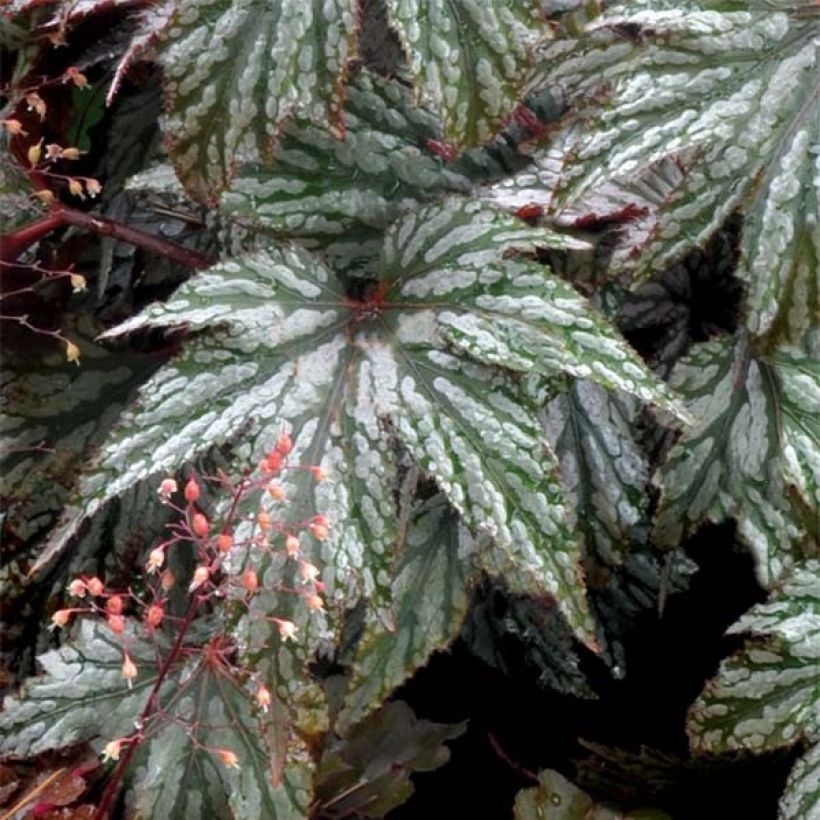

Flowering
Foliage
Plant habit
Botanical data
Begonia
Garden Angel Silver
Begoniaceae
Garden Begonia
Cultivar or hybrid
Other Perennials A to Z
View all →Planting and care
Begonia 'Garden Angel Silver' should be planted in spring or autumn. It should be placed in a humus-rich, fertile, light, moist but not waterlogged soil, in partial shade or even in full shade. Choose large containers and leave a minimum spacing of 50cm (20in) in beds. The plant needs warmth to develop well and is tolerant to frost, in sheltered locations and with good winter protection for the stump. It starts growing late in spring, not before the end of April or even May. In pots, water moderately and provide regular fertilization to support growth. Beware of snails and slugs that love to devour young plants, as well as stagnant moisture on the foliage (which promotes the appearance of leaf spots) and at the root level. In excessively moist or poorly drained soil, this Begonia can fall victim to collar rot.
Planting period
Intended location
Care
Planting & care advice
-
, onOrder confirmed
Reply from on Promesse de fleurs
Similar products
Haven't found what you were looking for?
Hardiness is the lowest winter temperature a plant can endure without suffering serious damage or even dying. However, hardiness is affected by location (a sheltered area, such as a patio), protection (winter cover) and soil type (hardiness is improved by well-drained soil).

Photo Sharing Terms & Conditions
In order to encourage gardeners to interact and share their experiences, Promesse de fleurs offers various media enabling content to be uploaded onto its Site - in particular via the ‘Photo sharing’ module.
The User agrees to refrain from:
- Posting any content that is illegal, prejudicial, insulting, racist, inciteful to hatred, revisionist, contrary to public decency, that infringes on privacy or on the privacy rights of third parties, in particular the publicity rights of persons and goods, intellectual property rights, or the right to privacy.
- Submitting content on behalf of a third party;
- Impersonate the identity of a third party and/or publish any personal information about a third party;
In general, the User undertakes to refrain from any unethical behaviour.
All Content (in particular text, comments, files, images, photos, videos, creative works, etc.), which may be subject to property or intellectual property rights, image or other private rights, shall remain the property of the User, subject to the limited rights granted by the terms of the licence granted by Promesse de fleurs as stated below. Users are at liberty to publish or not to publish such Content on the Site, notably via the ‘Photo Sharing’ facility, and accept that this Content shall be made public and freely accessible, notably on the Internet.
Users further acknowledge, undertake to have ,and guarantee that they hold all necessary rights and permissions to publish such material on the Site, in particular with regard to the legislation in force pertaining to any privacy, property, intellectual property, image, or contractual rights, or rights of any other nature. By publishing such Content on the Site, Users acknowledge accepting full liability as publishers of the Content within the meaning of the law, and grant Promesse de fleurs, free of charge, an inclusive, worldwide licence for the said Content for the entire duration of its publication, including all reproduction, representation, up/downloading, displaying, performing, transmission, and storage rights.
Users also grant permission for their name to be linked to the Content and accept that this link may not always be made available.
By engaging in posting material, Users consent to their Content becoming automatically accessible on the Internet, in particular on other sites and/or blogs and/or web pages of the Promesse de fleurs site, including in particular social pages and the Promesse de fleurs catalogue.
Users may secure the removal of entrusted content free of charge by issuing a simple request via our contact form.
The flowering period indicated on our website applies to countries and regions located in USDA zone 8 (France, the United Kingdom, Ireland, the Netherlands, etc.)
It will vary according to where you live:
- In zones 9 to 10 (Italy, Spain, Greece, etc.), flowering will occur about 2 to 4 weeks earlier.
- In zones 6 to 7 (Germany, Poland, Slovenia, and lower mountainous regions), flowering will be delayed by 2 to 3 weeks.
- In zone 5 (Central Europe, Scandinavia), blooming will be delayed by 3 to 5 weeks.
In temperate climates, pruning of spring-flowering shrubs (forsythia, spireas, etc.) should be done just after flowering.
Pruning of summer-flowering shrubs (Indian Lilac, Perovskia, etc.) can be done in winter or spring.
In cold regions as well as with frost-sensitive plants, avoid pruning too early when severe frosts may still occur.
The planting period indicated on our website applies to countries and regions located in USDA zone 8 (France, United Kingdom, Ireland, Netherlands).
It will vary according to where you live:
- In Mediterranean zones (Marseille, Madrid, Milan, etc.), autumn and winter are the best planting periods.
- In continental zones (Strasbourg, Munich, Vienna, etc.), delay planting by 2 to 3 weeks in spring and bring it forward by 2 to 4 weeks in autumn.
- In mountainous regions (the Alps, Pyrenees, Carpathians, etc.), it is best to plant in late spring (May-June) or late summer (August-September).
The harvesting period indicated on our website applies to countries and regions in USDA zone 8 (France, England, Ireland, the Netherlands).
In colder areas (Scandinavia, Poland, Austria...) fruit and vegetable harvests are likely to be delayed by 3-4 weeks.
In warmer areas (Italy, Spain, Greece, etc.), harvesting will probably take place earlier, depending on weather conditions.
The sowing periods indicated on our website apply to countries and regions within USDA Zone 8 (France, UK, Ireland, Netherlands).
In colder areas (Scandinavia, Poland, Austria...), delay any outdoor sowing by 3-4 weeks, or sow under glass.
In warmer climes (Italy, Spain, Greece, etc.), bring outdoor sowing forward by a few weeks.







































